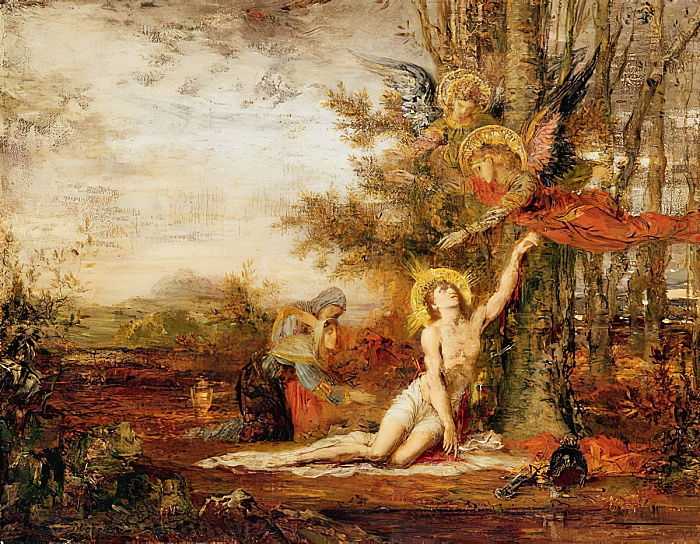interesting vibe in the images here
https://twitter.com/owenbroadcast/status/1385330452106518533
there is an interesting sacred art vibe that emerges at this time. naturally it will be slightly controversial, i am not necessarily endorsing or de-endorsing. just posting
moreau's pieta, christ between two thieves, christ with angels


moreau's pieta, christ between two thieves, christ with angels



this would presumably then be another layer deeper into being polarizing. again i am just posting neutrally for vibe analysis purposes
odilon redon - calvary, christ on cross, crucifixion, sacred heart



odilon redon - calvary, christ on cross, crucifixion, sacred heart




some of the odilon redon ones are interesting. the vibe here brushes up right against roerich, if anyone is keeping track. lets see what hes got in terms of this kind of christian painting.. 

roerich has a lot of paintings of saints and things like that as well if anyone wants to look into it. likewise many painters of this general time also have other images of classical "scenes" you can look into. for example circling back is bocklins mary magdalene and deposition 



my favorite deposition is by pontormo, about 3 to 400 years before any of this. easily one of my favorite paintings ever, actually. isnt directly related to any of this but maybe someone will look into it if i poast 

• • •
Missing some Tweet in this thread? You can try to
force a refresh



















